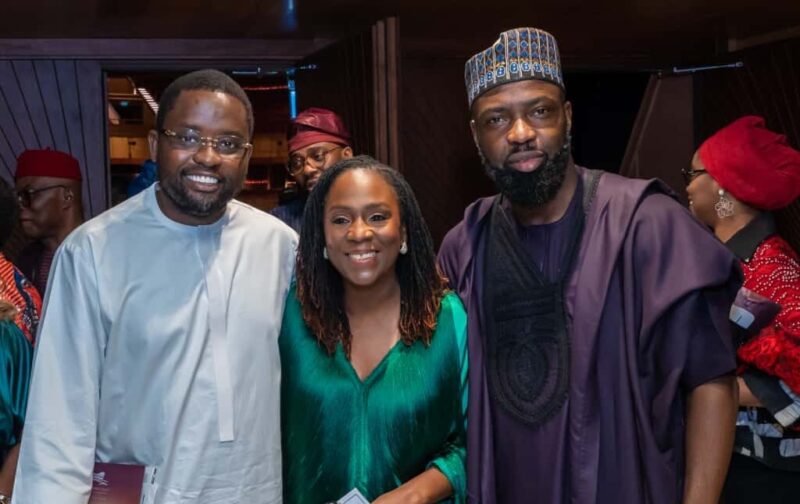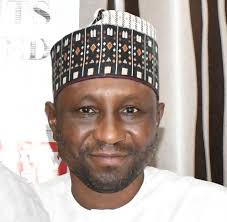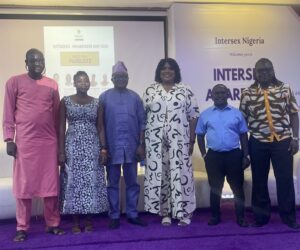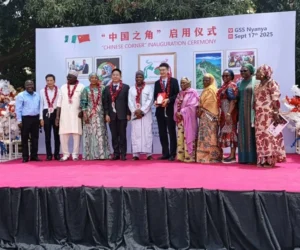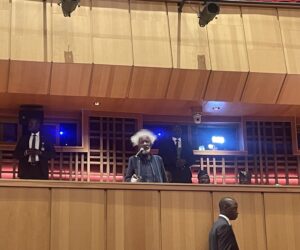National Theatre General Manager, Tola Akerele, has explained how the newly reopened Wole Soyinka Centre for Culture and the Creative Arts will be sustained, describing its future as central to Nigeria’s creative and cultural economy.
Speaking at the inauguration of the renovated facility on 1 October, which coincided with Nigeria’s 65th Independence Anniversary, Ms Akerele praised President Bola Tinubu, the Bankers’ Committee, and the Ministry of Arts, Culture, and Creative Economy for their roles in restoring the iconic monument.
She said the reopening signalled a new era for Nigerian creatives and cultural practitioners.
Long term model
Outlining the long-term model for the centre, Ms Akerele said it would be sustained through a public-private partnership and a vision that places culture at the heart of development.
“President Tinubu’s decision to rename this national monument after Professor Wole Soyinka sends a powerful message about the value we place on our cultural heritage and the people who create it.
“The CBN and the Bankers’ Committee have set an important precedent. Their commitment shows that culture is not peripheral to development but central to it. When you build capacity in the creative sector, you create jobs, empower young people, and position Nigeria to compete globally.
ALSO READ: Why I accepted National Theatre renaming in my honour — Wole Soyinka
“Our focus must be on capacity building, creating pathways for artists to elevate their crafts, and developing infrastructure that enables Nigerian creativity to compete globally. Engaging and empowering young creatives will be central to this mission. This facility gives us physical space. Now we must build the systems, partnerships, and programs that turn space into sustainable opportunity,” the Wole Soyinka Centre GM said.
Additional remarks
The Chairperson of Theatre Partners Limited, Disun Holloway, expressed his gratitude, stating, “On behalf of Theatre Partners Limited, I extend heartfelt gratitude to all who made the restoration and reopening of this great theatre possible.
“I am confident this centre will continue to inspire generations, nurture talent, and remind us that our nation is richest when it draws from the well of its culture,” Mr Holloway said.
The renovated facility now features world-class audio-visual technology, enhanced safety systems, and upgraded performance spaces to meet international standards.
The National Theatre, initially completed in 1976, gained global prominence when it hosted FESTAC ’77, the Second World Black and African Festival of Arts and Culture.

